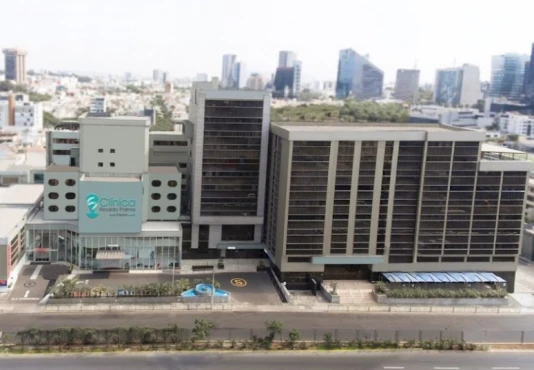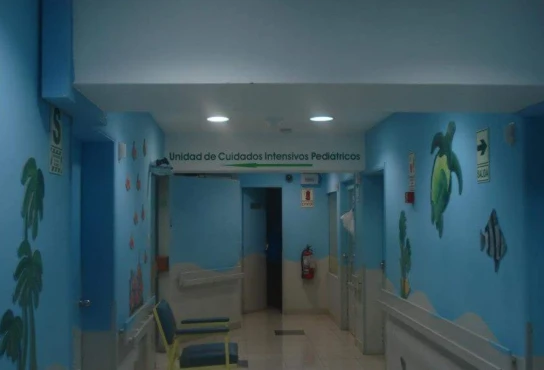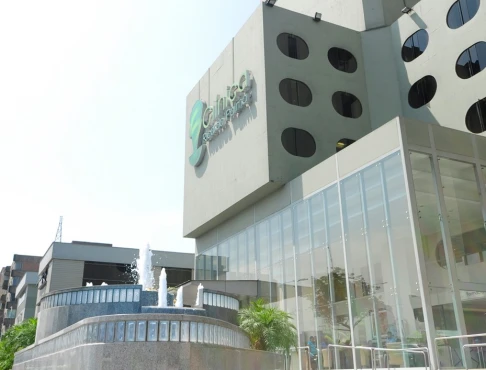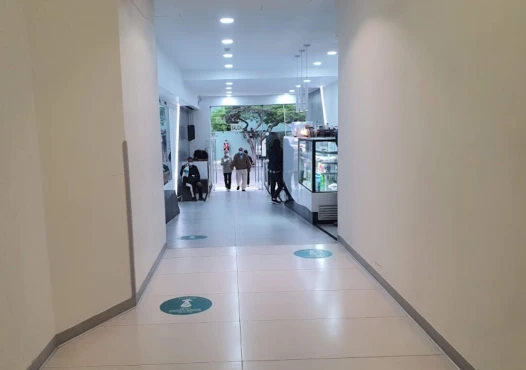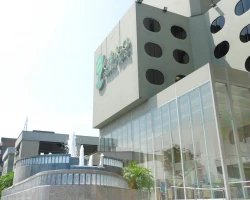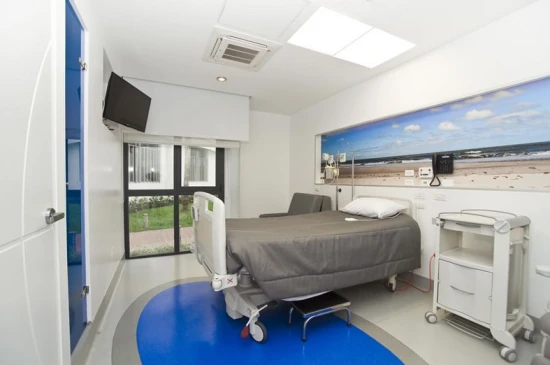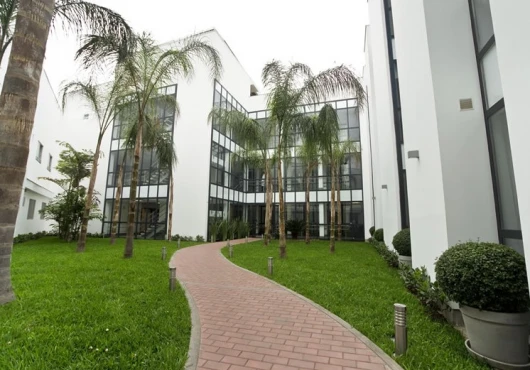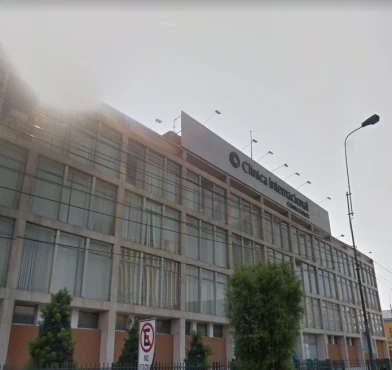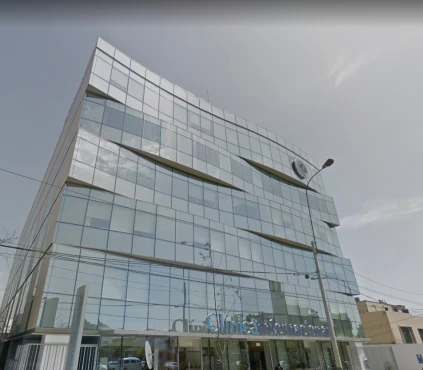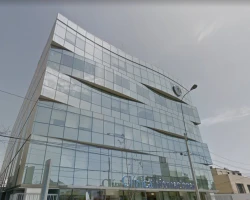Thymectomy in 2 Thoracic surgery clinics in Peru
2 clinics specializing in Thoracic surgery providing
Thymectomy
Thymectomy is a surgical procedure involving the removal of the thymus gland. It is performed to treat conditions such as thymoma, myasthenia gravis, or other autoimmune disorders associated with the thymus.
Read more...
procedure in Peru.
Lima · 1
San Isidro · 1
Sorted by:
Relevance
Rating
Cost of procedures
Relevance
Prices for selected procedures, total:
by request
Prices for popular procedures:
Prices for selected procedures, total:
by request
Prices for popular procedures:
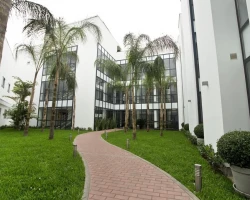
Lima, Peru
Specializations: Cardiac surgery, Vascular surgery, Thoracic surgery, Neurosurgery, Spine surgery, Orthopedic surgery, Oncology
Languages: English
We are an institution committed to people's health, with a culture of service that drives us to put the patient at the center of our
read more
2 nearby similar clinics in Peru
Perhaps you should consider 2 more clinics we have found nearby basing on your Location, Procedure filters applied.
Prices for popular procedures:
Prices for popular procedures:
Procedure price distribution in Peru
Thymectomy:
For the certain case all the prices for Thymectomy are "by request" only.
Procedure prices in popular countries:
Thymectomy:
Turkey
$10.1 K - 10.1 K
in
22 clinics
China
$24.3 K - 24.3 K
in
5 clinics
Germany
$26.6 K - 26.6 K
in
31 clinics
Israel
$38.3 K - 38.3 K
in
13 clinics
United States
$46.8 K - 46.8 K
in
9 clinics
Countries with the highest number of clinics offering the procedures treatment:
Thymectomy:
worldwide
370 clinics
Germany
31 clinics
Turkey
22 clinics
India
19 clinics
Spain
16 clinics
South Korea
14 clinics
Clinics grouping by rating
Clinic with the highest rating of 3.6 — Clínica Anglo Americana in Lima, Peru, clinic with the most reviews number of 471 — Ricardo Palma Hospital in San Isidro, Peru.

